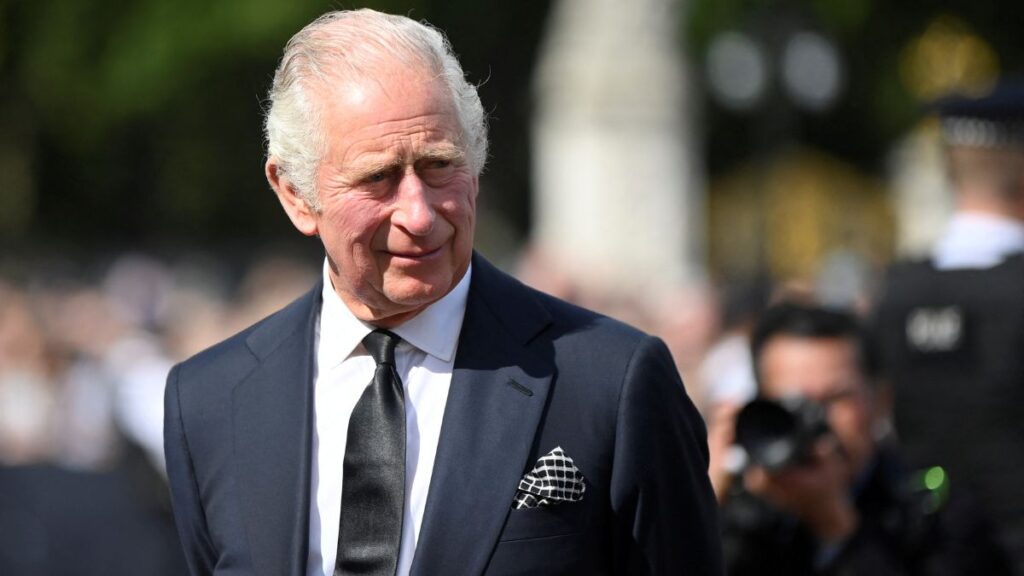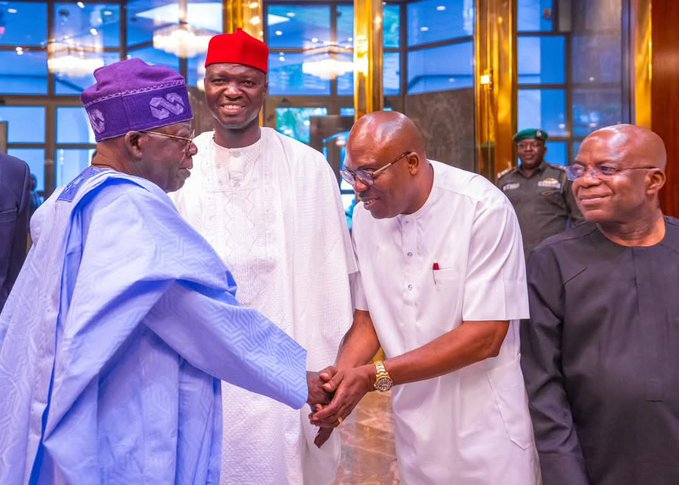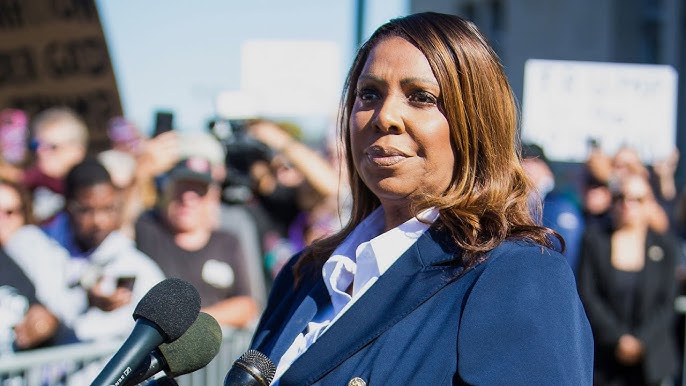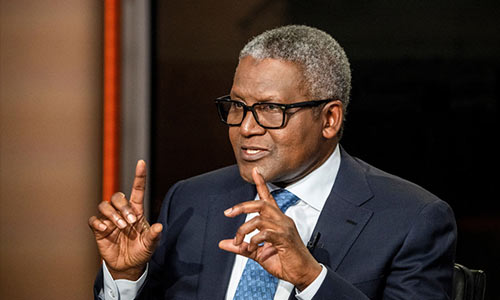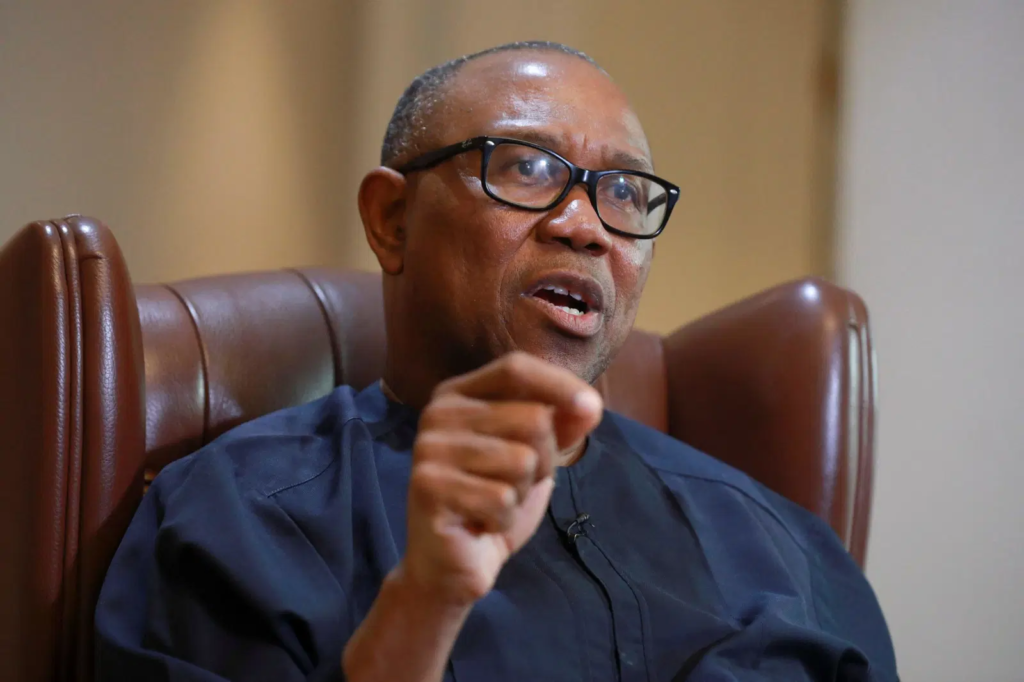China announced a sweeping hike in tariffs on U.S. imports on Friday, raising duties to 125% in a dramatic escalation of what has become one of the most intense trade disputes in decades.
The move comes in direct response to President Donald Trump’s recent decision to increase tariffs on Chinese goods to an unprecedented 145%, further inflaming tensions between the world’s two largest economies. The ongoing trade war has already rattled global markets and disrupted major supply chains.
In a sharply worded statement, China’s Ministry of Finance condemned the U.S. action, accusing Washington of “unilateral bullying and coercion.”
“The U.S. imposition of abnormally high tariffs on China seriously violates international trade rules, defies basic economic principles, and contradicts common sense,” the ministry said.
China—currently the second-largest source of U.S. imports—was initially hit with a 34% tariff when Trump launched his global trade offensive. That rate has since soared through multiple rounds of retaliatory increases, culminating in the current 145% tariff rate imposed by Washington. In turn, Beijing has responded with tariffs that have now reached 125%.
Earlier tit-for-tat measures saw China raise tariffs to 84% after the U.S. jumped to 104%. The latest moves represent the most aggressive escalation yet, with no clear end in sight.
Amid the intensifying standoff, Chinese President Xi Jinping has appealed to the European Union to align with Beijing in pushing back against what he described as American “bullying,” warning that “there are no winners in a tariff war.”
Despite the rising tensions, President Trump offered a hint of optimism on Friday, telling reporters he still hopes to strike a trade deal with China. However, with both sides digging in, the path to resolution appears increasingly uncertain.


